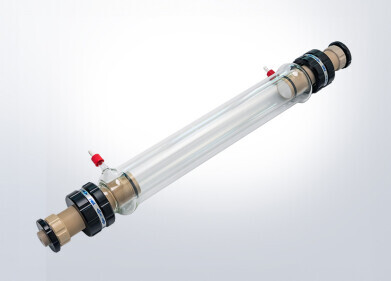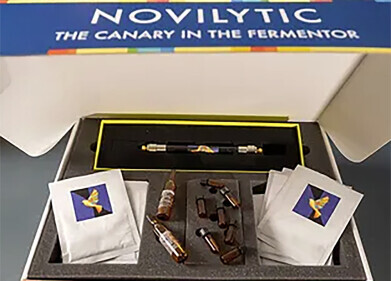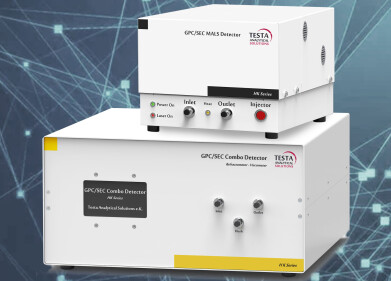Liquid Chromatography
How Does Traffic-Related Air Pollution Affect Pregnancy? - Chromatography Investigates
Jul 27 2019
A foetus’s exposure to external factors is known to have an impact on its development. A simple search of the internet will throw up new stories every day reporting on how alcohol, cigarettes and even coffee can impact on the development of a baby in a womb. Whilst a mother carrying a new life might be able to avoid alcohol and cigarettes and eat a clean and healthy diet - somethings she might not be able to avoid.
A recent paper published in the journal Environment International has reported on a study carried out in the US that looked at how an external fa tor outside a mother’s control can impact on a foetus and possibly affect the development as the baby is born and grows. The researchers looked at how air pollution due to traffic might affect a developing baby in an area of California known for high air particulate levels.
Air pollutants in pregnancy
Previous studies have shown that maternal exposure to air pollutants could cause pregnancy complications and adverse birth outcomes. Nitrogen oxides, particulate matter and carbon monoxide have been associated with preeclampsia, preterm birth and low birth weight. There have also been reports that traffic pollutants could be associated with neurological development issues.
However, the authors of the paper published in Environment International - Maternal serum metabolome and traffic-related air pollution exposure in pregnancy - state that:
‘there is still not much data available to elucidate relevant biologic pathways and mechanisms underlying air pollution-related adverse pregnancy outcomes’.
The researchers in the study aimed to identify changes in metabolic profiles associated with air pollution in pregnant women and to investigate the potential biological mechanisms that could cause the changes.
Dirty air could affect baby
The researchers used the mid-pregnancy samples from 160 mothers who lived in the Central Valley region in California, an area known for its relatively high particulate levels. Using statistical analysis and knowledge and the mother’s addresses, they were able to estimate the prenatal traffic related exposure to air pollutants such as carbon monoxide, nitric oxides and particulate matter.
They used chromatography to obtain the metabolic profiles from the serum samples. The use of chromatography in bioanalysis is the topic of the article, With Great Power Comes Great Responsibility. The team were able to extract several thousand metabolic features from the samples, with several hundred that suggested a difference due to level of exposure. They report that:
‘analysis for discriminatory features associated with air pollution indicated that in maternal serum oxidative stress and inflammation related pathways were altered.’
Digital Edition
Chromatography Today - Buyers' Guide 2022
October 2023
In This Edition Modern & Practical Applications - Accelerating ADC Development with Mass Spectrometry - Implementing High-Resolution Ion Mobility into Peptide Mapping Workflows Chromatogr...
View all digital editions
Events
Apr 28 2024 Montreal, Quebec, Canada
May 05 2024 Seville, Spain
May 15 2024 Birmingham, UK
May 19 2024 Brno, Czech Republic
May 21 2024 Lagos, Nigeria













